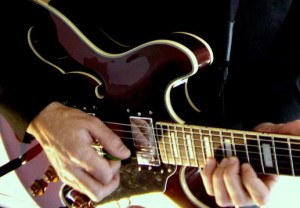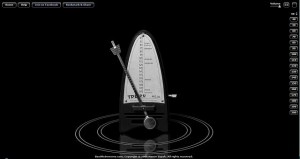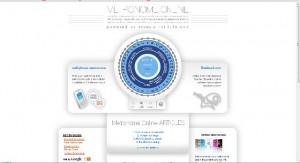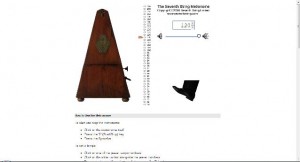 If you fall in the category of the million of guitarists out there frustrated with their technique, these are 5 quick suggestions to quickly clean up your skills.
If you fall in the category of the million of guitarists out there frustrated with their technique, these are 5 quick suggestions to quickly clean up your skills.
1. Use your metronome!
As cliche’ as it sounds, your metronome is your best friend. Whatever scale, phrase, exercise you want to improve or speed up, start with a slow metronome speed and try to lock in. Only when you have played the material correctly for at least 10 times in a row, increase the speed by 5bpm.
You can find a list of good on-line metronomes here:
https://www.giannichiarello.com/5-free-online-metronomes-that-work/
They are all free at the time of writing.
2. Finger combination exercises.
This is something I’ve been doing myself for years, and even though it can be an overwhelming amount of work at the beginning, I can now quickly cover all finger combinations in less than 10 minutes. The idea is to play all left hand finger combinations up and down the neck to cover all possible motions of your left hand fingers.
Find all about it here:
https://www.giannichiarello.com/finger-combinations-pt-1/
https://www.giannichiarello.com/finger-combinations-pt-2-the-next-level/
…and this is the PDF file with the combinations.
https://www.giannichiarello.com/LESSON%20MATERIAL/Finger%20Combinations.jpg
3. Transpose.
Technique and speed of execution, has a lot to do with how well you know a certain scale, phrase or exercise. Transposing this material in all keys is a great way to achieve this. Try transposing up and down a half-step to star with, but challenge yourself and try transposing a forth up or a minor third up. Not only you will connect all your senses, but you might end up with some new interesting musical ideas.
4. Play with friends/ other musicians.
I always suggest this to all my student. Practising by yourself is better than doing nothing, but playing with fellow musicians will improve your playing and technique tenfold, as your level of concentration is much higher when playing with friends or in a group.
5. Write challenging material.
If you want to achieve a certain musical goal, try and write a tune about it. Do you want to master the harmonic minor scale? Write a tune based on it…and learn it thoroughly. Seeing things on paper sometimes is the best thing to crystallize new and challenging material.
…and most of all be patient and have a positive attitude!




